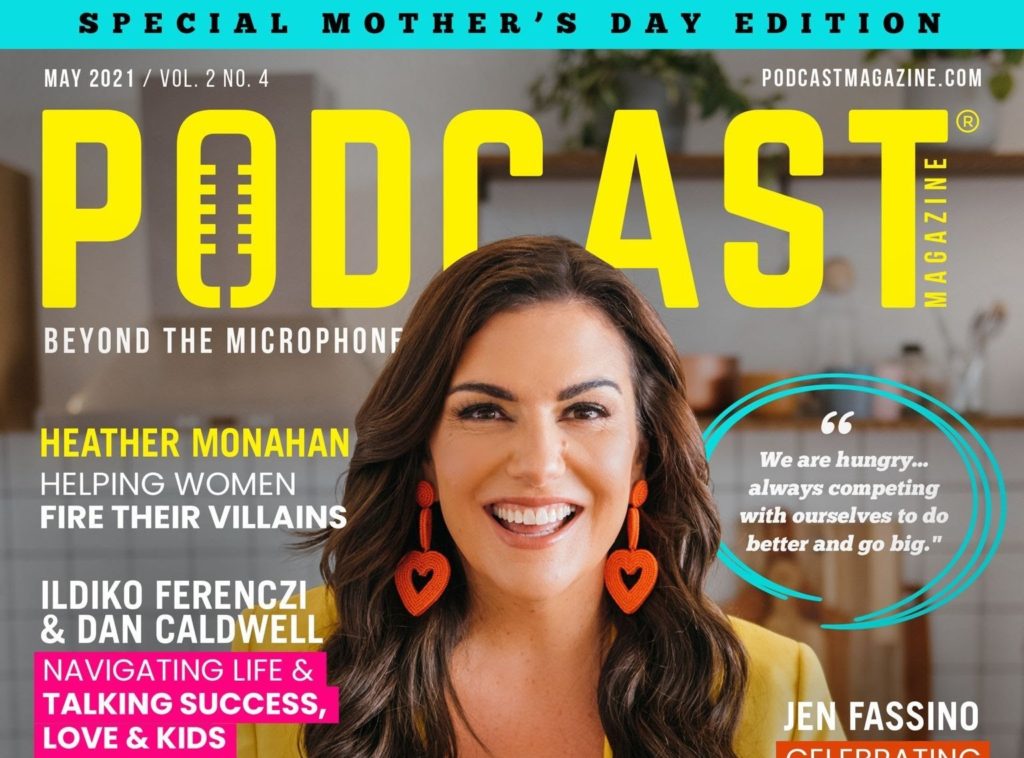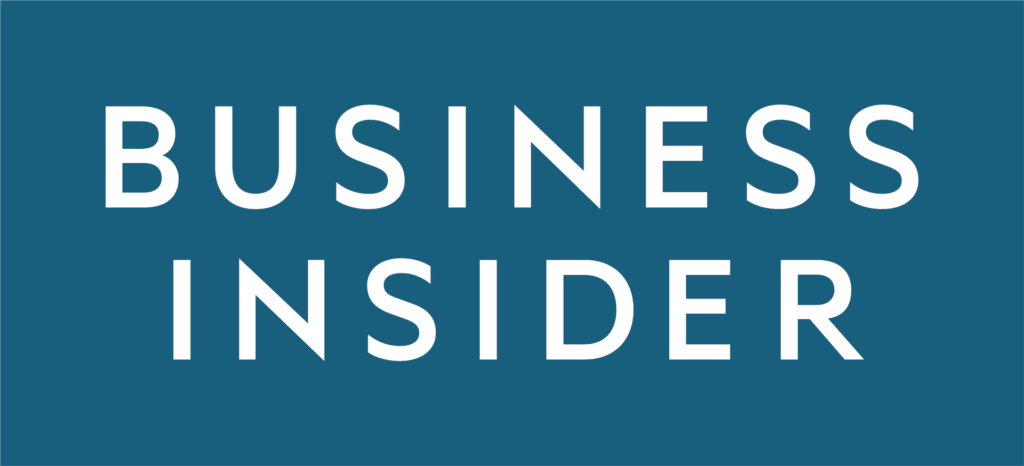We all know burnout can take the passion right out of your purpose. One day you’re on top of the world, advocating for a righteous cause; the next day, you’re flat on your bum, self-loathing and believing the worst about humanity.
Simply put, severe occupational stress has the power to take philanthropic champions of change and turn them into self-centered backseat hecklers. (Someone make it make sense. 🤷)
The fact is occupational stress can actually lead to functional and structural changes in your brain. The amygdala becomes larger, the frontal cortex thins out, and you’re left with impaired cognitive functioning and the neural connections of an 80-year-old. (Believe me, you still look so good for your age 👀.)
It’s simple cause and effect; the reason burnout can make you dump the warm fuzzies you felt toward your industry and sprint toward self-preservation is a physical one. It’s not just in your head. Well, okay, it’s quite literally “all in your head.”
But since you still DO have a passion for making waves in the non-profit industry, and you DON’T want to be reduced to a half-baked spud on a sofa, you have to find a way to mitigate stress and protect your mindset so you never trigger that cycle of burnout in the first place. 👈
So here are a few of my best ideas to help you get out of burnout, stay away from burnout, and infuse your brain with anti-aging properties so you can stay in it for the long haul:
1. Indirectly, loneliness contributes to burnout.
You can’t BE the job all the time. You have to fill your life with friends, doggos, and family members that create a reliable and unchanging safety net of support.
Cultivate those relationships. Feed them treats 🦴. Be in their lives and let them be in yours. Relationships make us human. (You’re peoples too, Stella.)
2. Loss of creativity leads to burnout.
If you don’t allow yourself downtime to do the things you love like reading a new book (a mind-bending novel, not another self-help thriller), you’re telling your brain creativity doesn’t matter. And if you don’t use it, you lose it.
Go see that Broadway show, dive into that book series you’ve been hearing about, let yourself paint or play your instrument. If you want to build relationships, you have to feed your creativity so you can continue to be the interesting human that you are.
3. Directly, your job description contributes to burnout.
There are to-dos in your day-to-day that energize you (things that make you feel confident, that grow the organization, that you’re uniquely qualified to do), and there are others that de-energize you (stuff you aren’t good at, relationships that don’t go anywhere, repetitive tasks that make you want to poke your eyes out).
My suggestion is to follow the 3 x 3 x 3 Method:
🤯 Identify 3 de-energizers. Eliminate, automate, and/or delegate them.
🤯 Identify 3 energizing activities and put them in your calendar.
🤯 Every 3 months, do it all over again.
By the end of the year, the majority of your calendar should be filled with energizers. 💪
There’s so much more I want to tell you about protecting your mindset so you can hit your long-term fundraising goals. For now, check out this week’s podcast with Dr. Emily Bennett, CEO of Kindling to hear what she has to say about burnout and the importance of managing boundaries in a high-stress environment, and I’ll see you right here next week!
Articles

MAY 10, 2021
Celebrating the top moms of podcasting and shining the spotlight on these amazing women

December 21, 2020

JULY 03, 2020
19 female entrepreneurs and business owners share the silver linings that are helping them through the pandemic in Business Insider

SEPTEMBER 21, 2017
Jeffersonian Dinners: Using Food and Conversation to Draw in Donors in Chronicle of Philanthropy

AUGUST 2, 2017

MAY 23, 2017

MARCH 9, 2017



